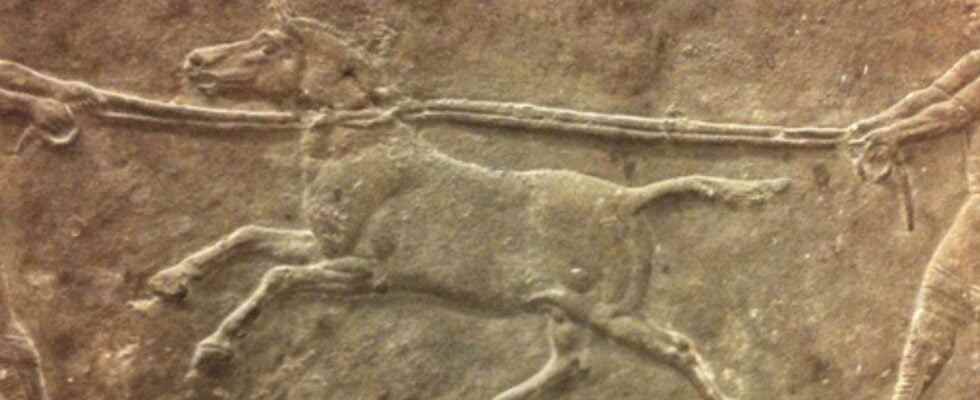Before the introduction of the domestic horse, the Mesopotamians made crosses between species in order to generate a prestigious and useful mount in war. A hybridization between equines made it possible to create the kunga, an animal which had inherited the advantageous characteristics of its two parents since it was at the same time docile, fast and strong.
You will also be interested
[EN VIDÉO] Cats were domesticated long before we thought The story between cat and man could be even longer than we thought. Which of the Egyptians, Greeks or Oghuzes would maintain the longest history?
About 4,500 years ago, in Mesopotamia, representations and texts have been produced which show that an elite of people used equines, not only for movement in normal times but also for warfare. However, the presence of domesticated horses was only reported from 4,000 years ago in this region, which means that the equines, called kungas, used by the Sumerians were not domestic horses.
In order to understand the nature of these mysterious and precious animals, a team specializing in paleogenomics analyzed the genomes of certain kungas identified by an archaeozoologist and buried in separate tombs. They were buried in the princely funerary complex of Umm el-Marra, located 60 kilometers east of the city of Aleppo, Syria.
This site was founded during the earliest urbanization events and was occupied throughout the Middle Ages. bronze (between 2,700 and 800 years BC approximately). The results of the study of the genome of these individuals were published in the journal Science Advances.
A well-thought-out hybridization
They were thus able to identify that the kungas were the result of a cross between a domestic donkey (Equus asinus) and one hemione (Equus hemionus). Hemiones are wild asses and the authors were able to analyze theDNA of these recent specimens as well as an individual from the Gobekli Tepe site (founded at least 11,000 years ago). The kungas were otherwise sterile, which meant that the people who used them had to force each cross in order to obtain the precious mount.
Such a result ofhybridization within equines is not surprising, it recalls in particular the case of the hinny, resulting from the crossing between a stallion (Equus caballus) and a donkey, as well as a mule, resulting from the hybridization between a donkey and a domestic mare. From its mother, the kunga must therefore have been relatively docile and from its father, it was probably stronger and faster than the domestic donkeys.
If it was to be easy to promote reproduction between domestic donkeys and donkeys, the production of kungas was to be much more restrictive because it was necessary to capture and channel wild hemiones for reproduction. The difficulty of reproduction is probably the reason why the kungas were later supplanted by the domestic horses when these were introduced from the steppes of Eastern Europe.
Interested in what you just read?
.
fs11
